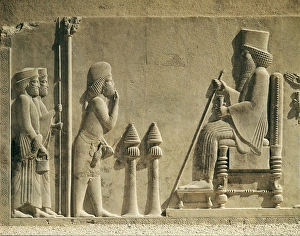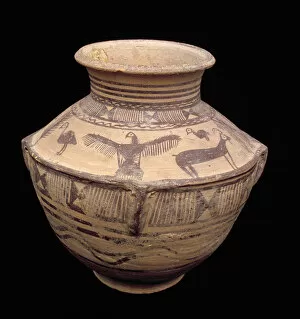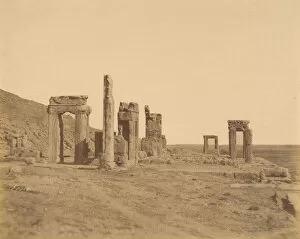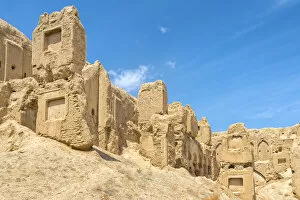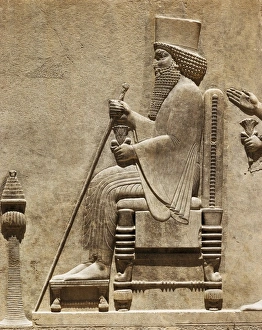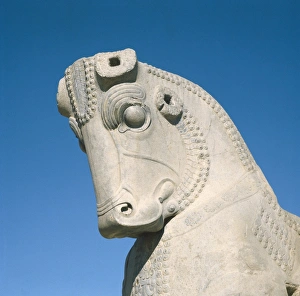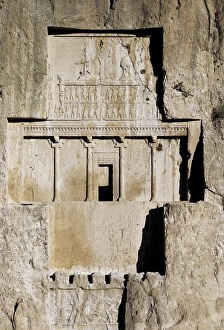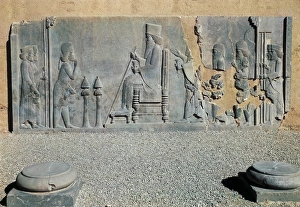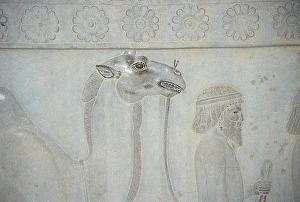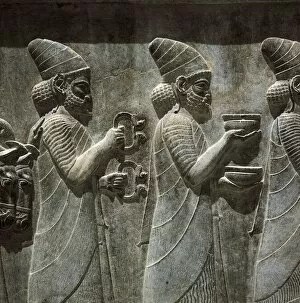Fars Collection
"Fars: A Glimpse into the Majestic Persian Empire" Step back in time and immerse yourself in the captivating world of ancient Persia, as we explore Fars
All Professionally Made to Order for Quick Shipping
"Fars: A Glimpse into the Majestic Persian Empire" Step back in time and immerse yourself in the captivating world of ancient Persia, as we explore Fars, a region rich with historical significance. This enchanting land was once home to the great Darius I, an influential ruler who held court with grace and power. Intricate Persian art adorns every corner of this mesmerizing landscape. From Naqsh-e Rustam, where the Roman emperor Valerianus met his fate at the hands of Persian might, to Persepolis' majestic Gate of all Nations or Xerxus - each structure tells a tale of grandeur and opulence. The Palace of Darius I stands tall as a testament to his reign. The Apadana or Audience Hall within its walls witnessed countless royal gatherings and diplomatic exchanges. Here, Darius I sat upon his throne surrounded by breathtaking artwork that showcased the mastery of Persian artisans. Persepolis itself is a treasure trove for history enthusiasts. Its sprawling complex houses remarkable reliefs depicting scenes from Darius's life - capturing moments like Iskander comforting the dying king himself. These intricate carvings offer glimpses into their lives and bring us closer to understanding their world. Beyond politics and royalty lies another facet - its craftsmanship. Delicate silver, gold, and brass inlays on an exquisite bowl from this region showcase the incredible skill possessed by Persian artisans centuries ago. Even vessels adorned with open-winged birds evoke a sense of awe at their beauty. Yet amidst all these tales from antiquity lies one that tugs at our heartstrings – that of King F─ürs unknowingly purchasing his own son as a slave from a merchant in Lights of Canopus (1847). This poignant story reminds us that even amidst empires and grandeur, human emotions remain universal throughout time.

